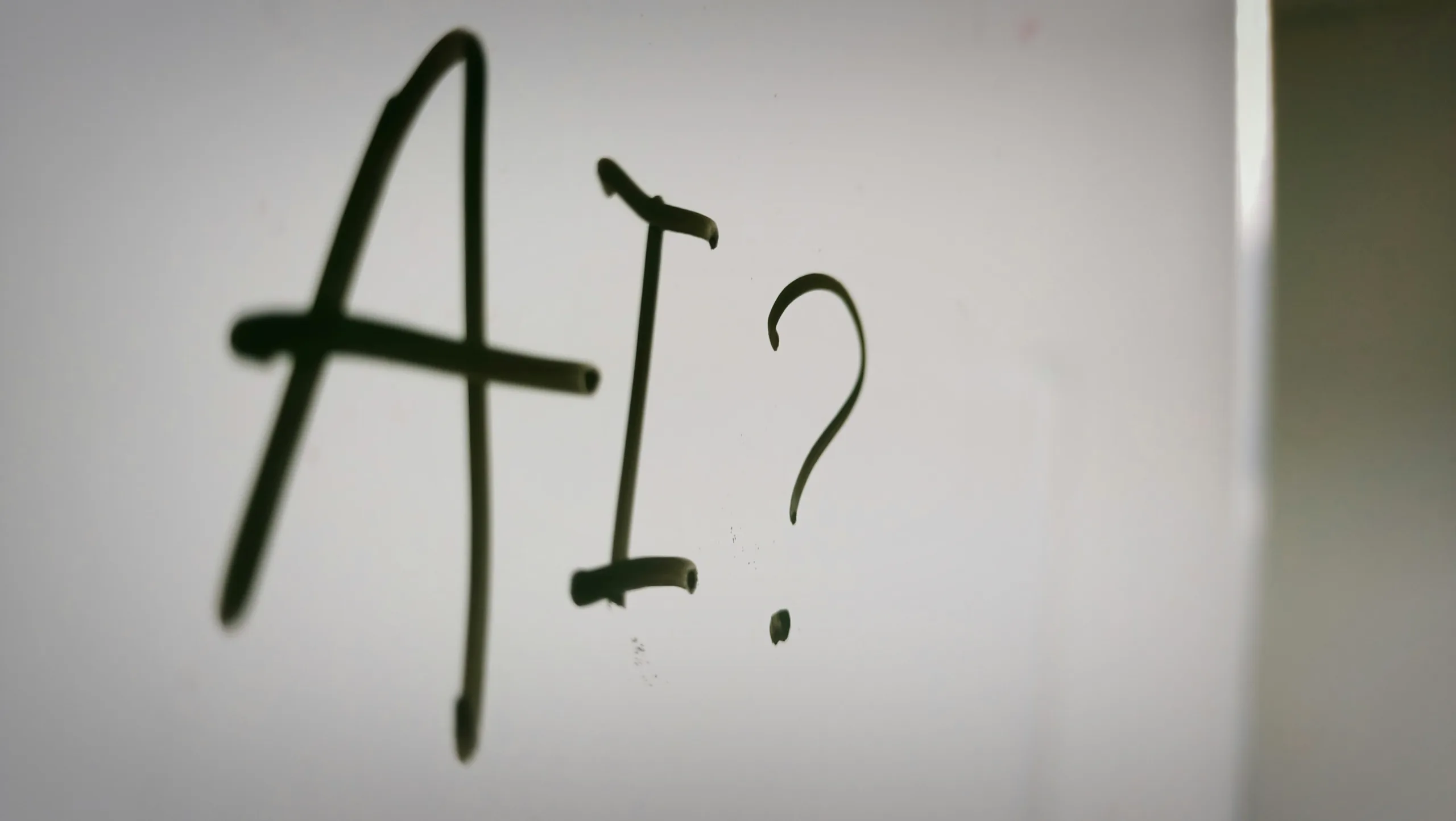In line with the growing trend of artificial intelligence (AI) in contract review, Vincent Young has taken the initiative to explore several leading AI systems on the market. This article provides some insights into the strengths and weaknesses of AI systems, drawing from our own experiences. While Vincent Young acknowledges that AI systems have their flaws, we believe they are making significant progress and moving in the right direction.
AI’s capabilities in contract review
The AI systems that Vincent Young has tried were able to scan construction contracts within seconds or minutes and are able to summarise the clauses in plain/simple language. It is also able to propose amendments to the contract, redline documents, identify missing clauses, provide a benchmark against “market standards” and assess risks.
Accuracy & consistency
It is common for construction lawyers to compare an amended construction contract with the “base document” (e.g. an unamended Australian Standard contract) prior to carrying out a contract review. However, human error may still occur such as when an amendment is missed.
AI is able to reduce this risk by spotting anomalies, flagging non-standard clauses, and highlighting areas that need further attention. This high level of accuracy ensures early identification of potential risks, allowing for timely interventions. In addition to the above AI can also generate clauses in a consistent tone and style, enhancing uniformity.
Efficiency and speed
The primary advantage of AI is its speed. Tasks that could take hours or days for a lawyer can be completed in minutes by AI. This increased efficiency allows contractors to negotiate contracts and close deals faster, handling multiple reviews simultaneously.
Limitation and Mistakes
Despite its promise, Vincent Young has experienced significant limitations of the current AI systems. While AI can identify patterns and anomalies, it may struggle with subtle differences in legal language and context that a human lawyer would intuitively understand. This limitation can affect the depth and quality of contract review.
More importantly, the current AI systems fail to provide explanations for their suggested revisions when redlining contracts, leaving users without the clear rationale that a human lawyer would typically offer. The AI systems’ lack of reasoning likely stems from their limited access to comprehensive legal databases (i.e. Lexis Nexis and Westlaw). Consequently, AI systems may produce analyses based on non-existent or irrelevant legal precedents and may mislead users by presenting these analyses with confidence.
Not client-specific
Another issue with the current AI systems is that the reviews done are (somewhat) generic and do not account for a specific risk profile that a client is (or is not) willing to take.
Key takeaway
At this point, our take is that the current available AI systems are still unable to replace a construction lawyer in its entirety but are certainly able to assist a lawyer. Perhaps the balance is for stakeholders to consider engaging law firms that use AI systems to carry out a review of a contract to get the best of both worlds: cost efficiency and expert legal advice.
If you would like to discuss this article with us, please contact Brett Vincent, partner, or Vince Yap, Associate on (02) 9261 5900.

